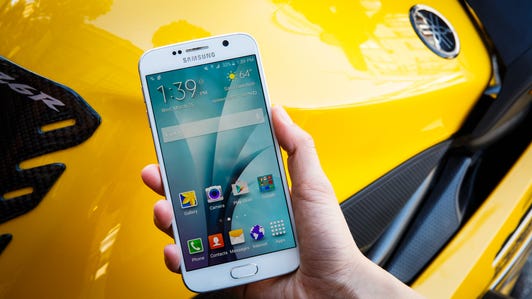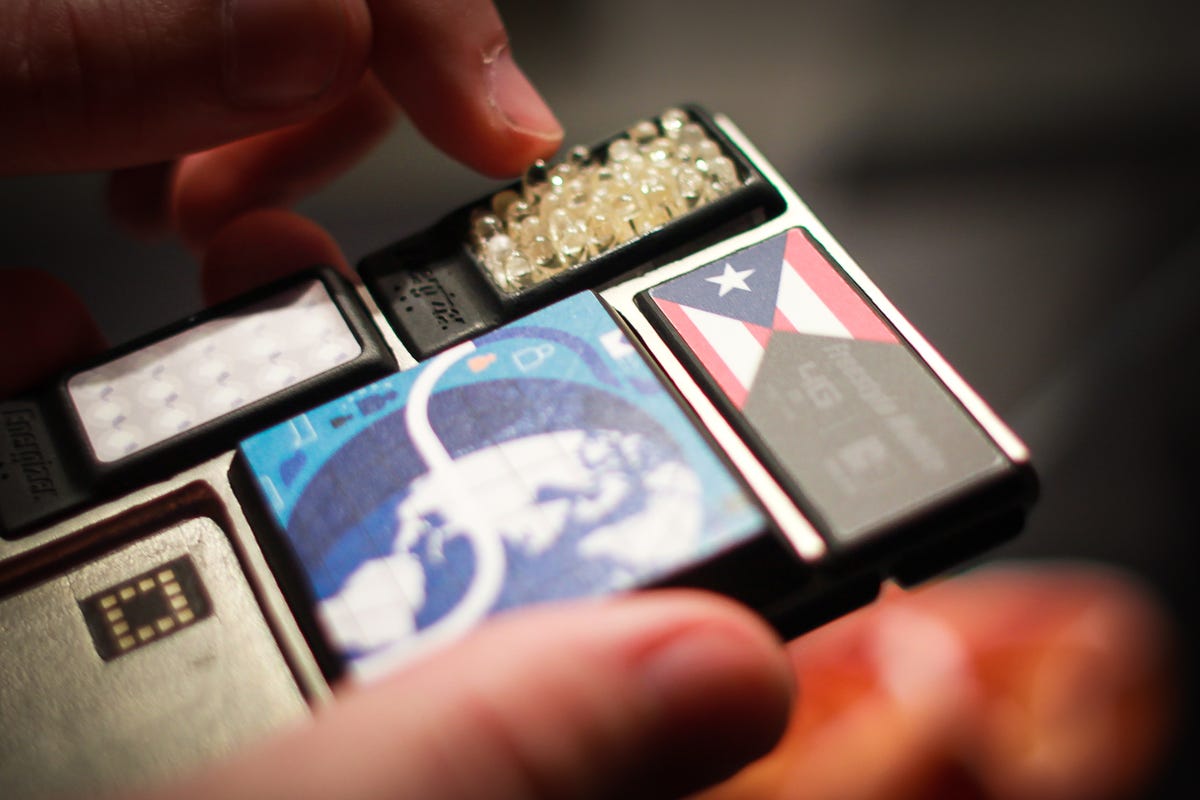BARCELONA — Thought there was nowhere left for smartphones to go?
So did we. But major manufacturers at Mobile World Congress — the enormous trade show kicking off in earnest here today — have managed to put a new spin on this aging category, impressing us with tweaks that set their products apart.
The smartphone has been, without a doubt, the most exciting, explosive development in consumer tech in the last decade. Broaching the mainstream with the first iPhone in 2007, the surging popularity of Apple’s mobile — itself built on the shoulders of smartphone pioneers like BlackBerry — resulted in several years of frantic development. In a few short months Android shot to the top as the only worthy challenger to Apple’s dominance, fortunes were made (Samsung) and lost (BlackBerry, Nokia) seemingly overnight.
The phone plateau
It was a breathlessly exciting time to be a tech fan. By the end of 2013, however, the pace of development had slowed, and the dust kicked up by the smartphone race had well and truly settled. Smartphones, once a riot of diversity, were beginning to feel homogenous as the tech world settled on 5-inch, skinny rectangles running either Android or iOS. The sudden interest in wearable tech ( Google Glass and the then-just-a-wild-rumoured Apple Watch ) had a not-so-subtle subtext — smartphones have matured, and we need a Next Big Thing.
Fast forward to Mobile World Congress 2015, however, and the amount of creativity on show when it comes to smartphones is impressive. Sure, there’s nothing as wild as Samsung’s 2012 projector-packing Galaxy Beam , or 2011’s Sony Xperia Play (which was dubbed the PlayStation phone, but ultimately failed to be even a little bit fun) but there are subtle innovations on show here that prove there’s still room to play around in this aging category.
Samsung, for instance, has the S6 Edge — a metal and glass smartphone with two curved sides that feels like holding a slice of sci-fi in your hand, and has also made the welcome decision to strip down the software on its flagship devices, making its new mobiles a significant departure from its phones of the last few years.
While onlookers were expecting more megapixels and faster chips, the S6 and S6 Edge show that Samsung is thinking about more than just “speeds and feeds”. Instead it’s fooling around, trying new things. The experimentation these days is on a smaller scale, but it’s still experimentation.
Fully metal Samsung Galaxy S6 looks sharp (pictures)






+25 more
Some companies have been more comfortable sticking with what they already have. HTC, for example, has opted to make its M9 smartphone very similar to last year’s M8, focusing most of its energy on a new camera (although our first impressions of that snapper haven’t been overwhelmingly positive so far.) But there are other examples of firms firm that clearly are not done tinkering.
ZTE has a phone that scans your eyeballs to unlock your phone , an implementation of technology that we first saw at Mobile World Congress back in 2013. Lenovo has the Vibe Shot, a photo-centric phone with a mechanical switch to toggle between simple and expert camera settings . Lenovo’s phone won’t be troubling the iPhone or S6, but the company clearly thinks it still a shot at making some kind of mark on the smartphone industry, even at this late stage in the game. Plucky upstart Yezz has the most drastic vision of all — giving us a glimpse of its Project Ara technology that could see a clip-together modular phone built to Google’s specification on sale at the end of the summer.


We’ll all feel pretty daft if it turns out phones should have been modular the whole time.
Lynn La/CNET
When you consider the energy these companies are expending on the upcoming boom industries (take a bow wearables and the Internet of Things), it’s interesting to see that smartphone makers are still taking risks and being bold, and it’s a testament to the power and flexibility of portable computing that — over a decade later — we still can’t nail down exactly what these things should look like, or what they should be for. If the Next Big Thing after smartphones can capture our imaginations for even half as long, we should count ourselves lucky.
The MWC announcements you need to know about
Samsung Galaxy S6 and S6 Edge
Huawei Watch, with Android Wear and sapphire screen
Blackphone and Blackphone+ tablet
LG Watch Urbane LTE


Now playing:
Watch this:
Hands-on with the sumptuous metal HTC One M9
2:38



